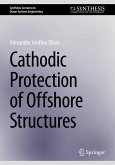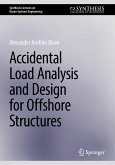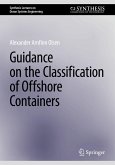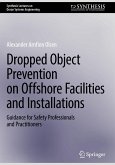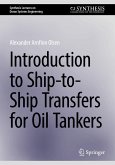Protective coatings are the most efficient way to protect ship steel structures from corrosion. However, cathodic protection, often in conjunction with protective coatings, is also used to protect immersed parts of bare steel surfaces (including coating damaged areas) from corrosion. This includes the external hull surface and the internal surfaces of tanks, such as ballast tanks. Cathodic protection (CP) can be Impressed Current Cathodic Protection, Galvanic Anode Cathodic Protection, or a combination of both. Cathodic protection controls corrosion by supplying direct current to the immersed surface of the structure, thus making the structure a cathode of a cell. The external hull of a ship is exposed to different waters with differing chemistries, which have a profound influence on the cathodic protection. This short text on Cathodic Protection of Marine Vessels was developed to provide guidelines for ship cathodic protection design, installation, and maintenance given it is a common practice for a ship to have cathodic protection systems installed during its new construction.
Bitte wählen Sie Ihr Anliegen aus.
Rechnungen
Retourenschein anfordern
Bestellstatus
Storno


